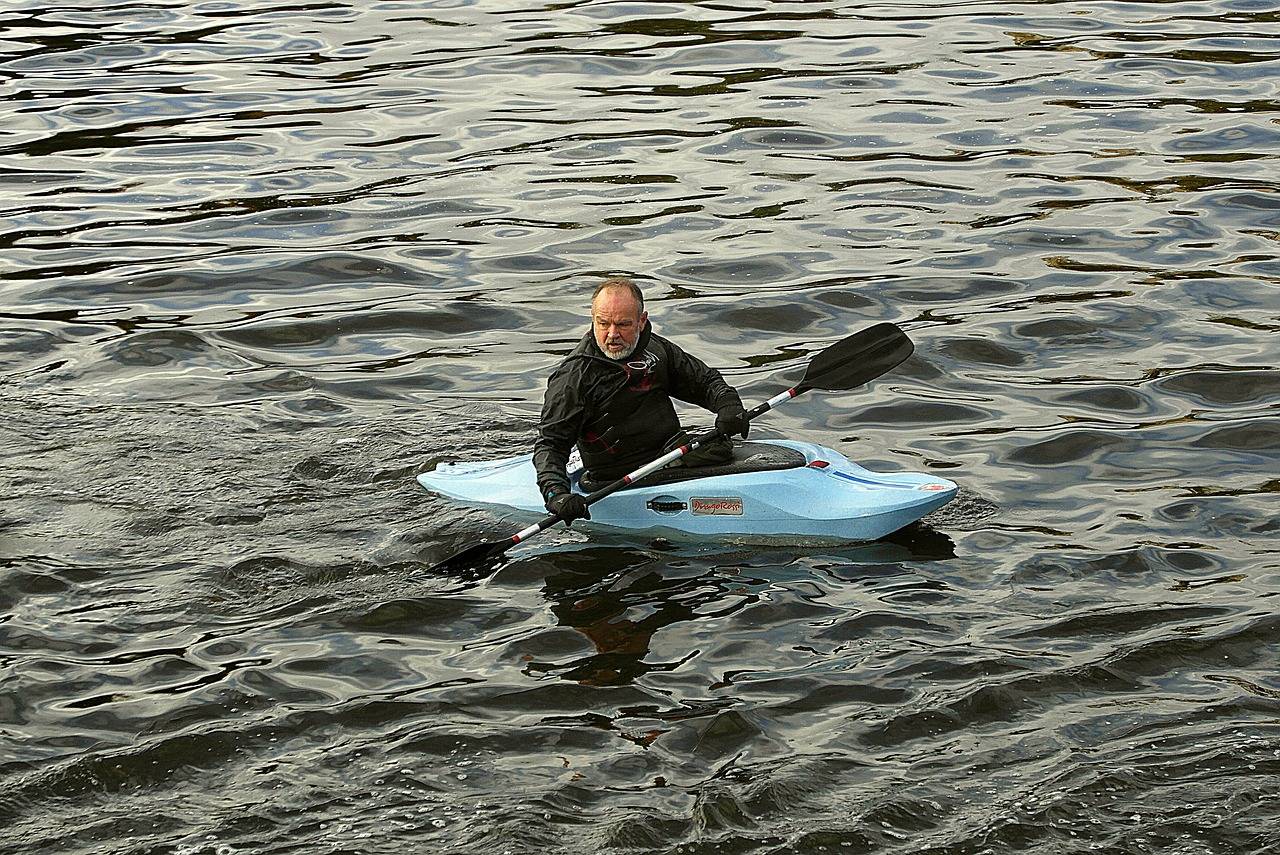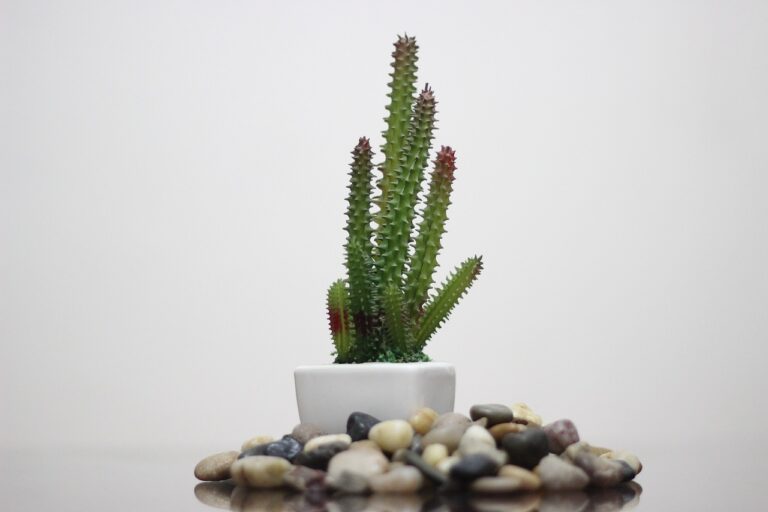Innovations in Prosthetics and Bionics
Artificial limbs have undergone significant advancements in recent years, revolutionizing the field of prosthetics. The traditional perception of prosthetic limbs as simple tools has evolved into sophisticated devices that mimic the function and even the appearance of natural limbs. With the integration of cutting-edge materials such as carbon fiber and advanced robotics, artificial limbs now offer users increased mobility and functionality.
In addition to improved materials, advancements in 3D printing technology have played a crucial role in the development of custom-fit prosthetics. This innovative manufacturing process allows for precise tailoring of prosthetic limbs to match the unique anatomy and needs of each individual. By harnessing the power of technology, artificial limbs are becoming more comfortable, durable, and effective, ultimately enhancing the quality of life for amputees.
Cutting-edge Technology in Bionic Prosthetics
Bionic prosthetics have transformed the landscape of healthcare, offering enhanced functionality and natural movement for individuals with limb loss. These cutting-edge devices are equipped with advanced sensors and actuators that mimic the intricate movements of human limbs with remarkable precision.
In addition to their remarkable functionality, bionic prosthetics are also becoming more aesthetically pleasing and customizable. Patients can choose from a wide range of design options, allowing them to express their individuality while benefiting from the latest technology in prosthetic limb development.
What are some of the advancements in artificial limbs?
Some advancements in artificial limbs include the use of bionic technology, which allows for more natural movements and improved functionality for amputees.
How does cutting-edge technology play a role in bionic prosthetics?
Cutting-edge technology such as advanced sensors, microprocessors, and machine learning algorithms are integrated into bionic prosthetics to provide better control, feedback, and customization for users.
Can bionic prosthetics replicate the movements of a natural limb?
With the advancements in bionic technology, prosthetics are now able to replicate many of the movements and functions of a natural limb, allowing users to perform everyday tasks more easily.
Are bionic prosthetics comfortable to wear?
Manufacturers are constantly working to improve the comfort and fit of bionic prosthetics by using lightweight materials, ergonomic designs, and adjustable features to ensure a better user experience.
How accessible are bionic prosthetics to the general public?
While bionic prosthetics can be more expensive than traditional prosthetics, advancements in technology and manufacturing processes are making them more accessible to a wider range of users, including those with limited financial resources.






